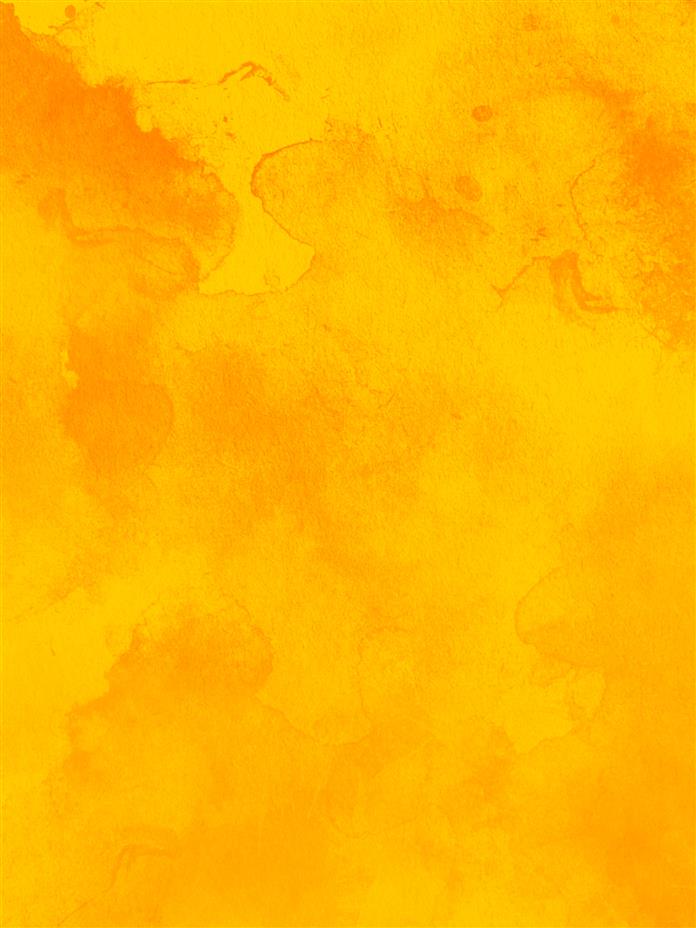
Tap to Read ➤
Benefits and Uses of Wild Bergamot
Sailee Kale

Wild bergamot, belonging to the mint family is native to North America and grows extensively in Canada and in the Eastern United States. It is used for a variety of purposes. Here are some benefits and uses of this easy-to-grow plant.

Wild bergamot, or Monarda fistulosa, also known as bee balm, is a perennial herb with pretty lilac or lavender-colored flowers. The plant can grow to an average of 4 feet in height, with stems that branch out and are covered with fine fuzz. It bears lance-shaped, serrated, gray-green leaves. The plant usually blooms in warmer weather, from June to September.
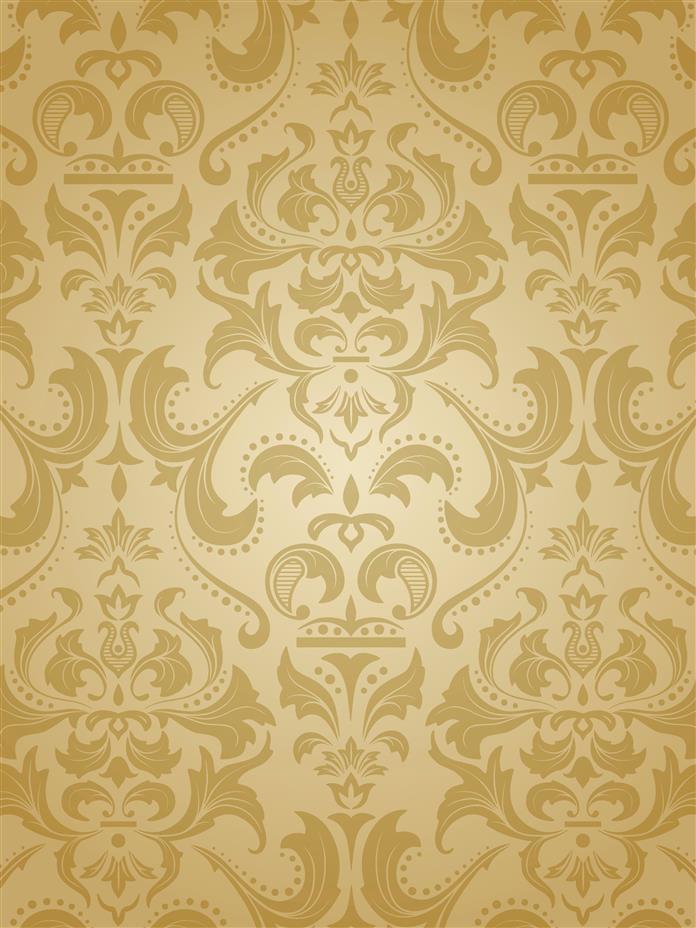
The plant propagates through seeds and rhizomes. It thrives in rich soil and grows abundantly in wooded areas and the prairie grasslands. Wild bergamot is a distant cousin of bergamot, which is also called crimson bee balm, and yields red flowers, and is chiefly used to prepare bergamot tea.

Wild bergamot has been cultivated extensively for its medicinal as well as ornamental uses for several years.

Uses of Wild Bergamot
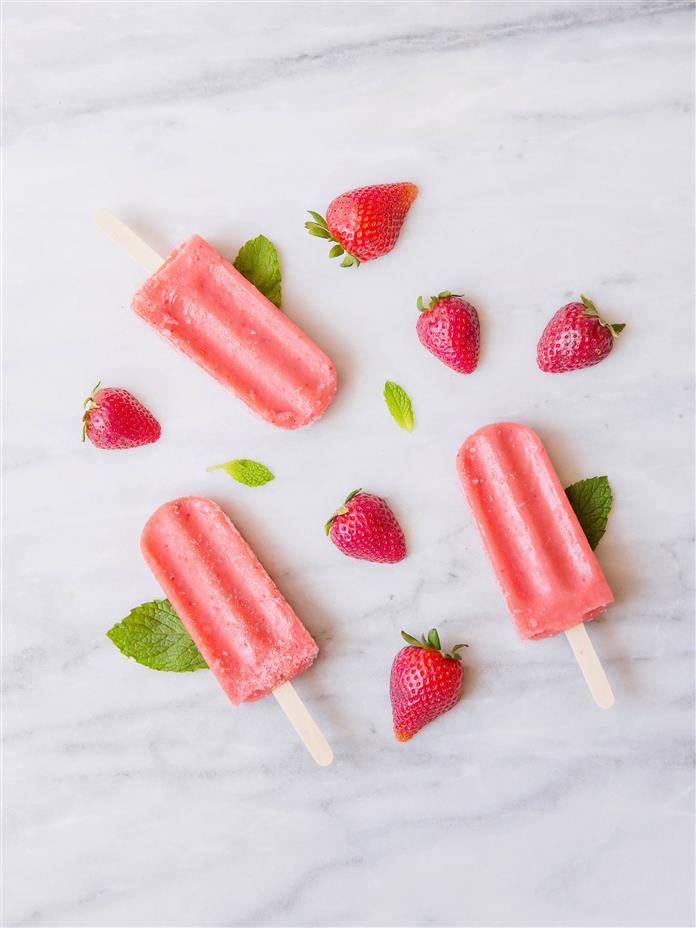
- Its leaves are used to make tea which is then flavored with honey, and effective to treat cold and flu symptoms. Brew the leaves in boiling water for a few minutes to make a refreshing beverage.
- The flowers of this plant are showy, and are often used with other flowers in bouquets.
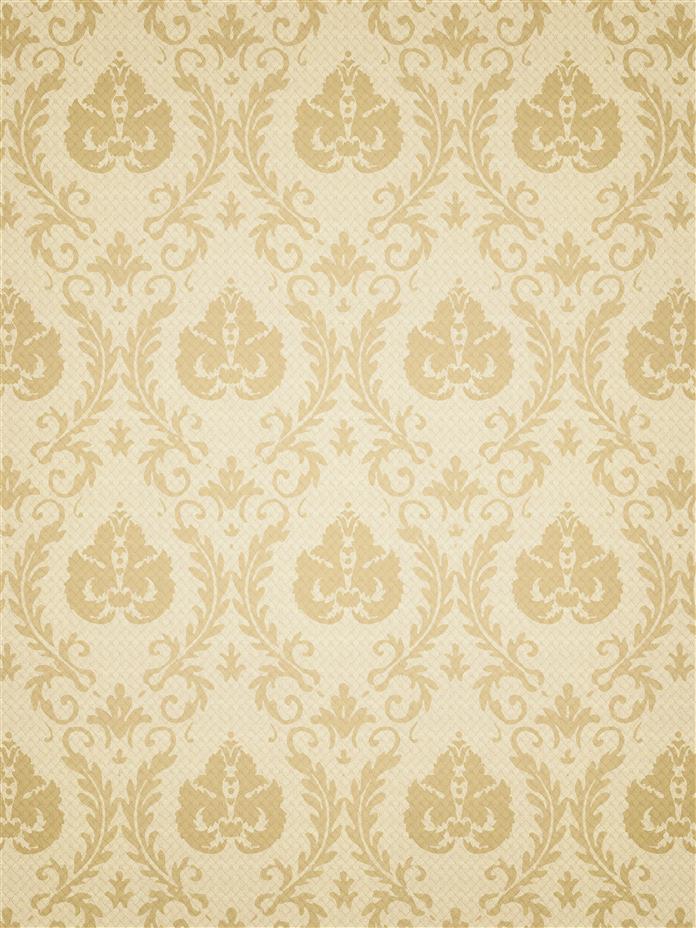
- Wild bergamot or bee balm is categorized as a honey plant, which means that several species of bees visit the plant for collecting nectar and pollen to produce honey (hence the name bee balm). Hummingbirds and butterflies also collect nectar from the plant. These plants are very popular in gardens, since they attract bees and different types of birds.
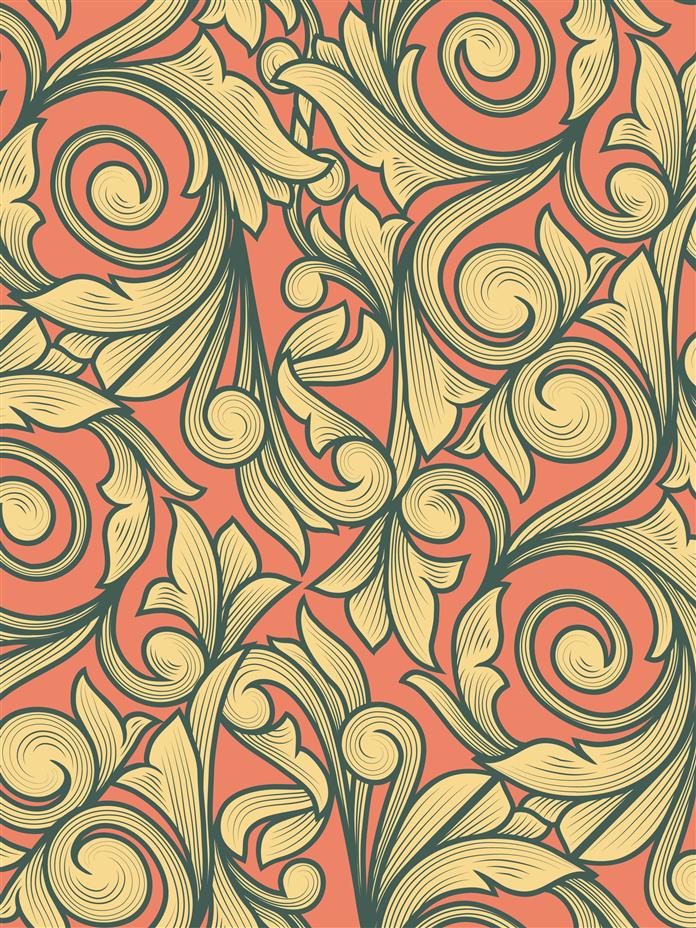
- Being endemic to eastern United States and most of Canada, it is the mainstay in ornamental gardens, as it is easy to grow and also has beautiful lavender flowers.
- Wild bergamot leaves possess insect repelling properties.

- Thymol, an antiseptic occurring naturally in it and possessing a pleasant odor, is the primary ingredient in mouthwashes and toothpaste.
- Thymol also exhibits anti-parasitic properties, and is also biodegradable, and is therefore used in the manufacture of pesticides.
- This plant is also widely used to make potpourri. Fresh leaves and flowers are collected and then dried in paper bags, and then used to impart fragrance to potpourri.
- The leaves of this plant are also edible, and because of their mint-like fragrance, used as garnishes in salads.
- The essential oil from this plant is used to make perfumes and is also used in aromatherapy as a stress buster and to reduce anxiety. It is also used in the prevention of insomnia.
- Bee balm essential oil also contains carvacrol, which is antibacterial in nature. Hence this oil is used to treat acne and other facial skin eruptions.
Medicinal Uses Over the Ages
Native American people considered this herbaceous plant to be very important medicinally and, for centuries, grew it for its health benefits.
- The leaves and flowers of the plant were steeped and used in the preparation of tea to cure throat infections.
- Chewed leaves, compressed into a wad, were inserted into nostrils to cure headaches.
- The plant was also used to stimulate sneezing, and was popularly used to treat cold. Leaves were steeped in warm water and babies were administered warm water baths for relief from cold.
- Another application was to dry the whole plant, and then boil it to obtain oil, which was used as a remedy against bronchial infections.
- Leaves were also boiled to treat facial infections such as pustules and acne.
- Flowers and leaves were collected and then boiled to treat stomach cramps.
- Some tribes dried the plant, and ground all parts into a fine powder, and rubbed it all over the body to get relief from cold, fever, headaches, and tired eyes.
- This plant was also widely used to treat gastrointestinal problems such as colic, flatulence, and vomiting.
- This plant is known to induce sweat, and was popularly used for purification ceremonies in sweat lodges.
- Native Americans also used the young leaves to impart flavor to food, especially meat dishes.
- Parts of the plant were concocted and used in the preparation of pomade (hair styling product).
We have seen the numerous health benefits of wild bergamot. It is available in stores in the form of dried leaves, tincture preserved in alcohol, essential oil, and ointments.
Use any preparation with caution, especially if taken internally and used for the first time. It is advisable to ask a health care professional before using this herb, especially if you are pregnant or suffering from a medical condition, to avoid any adverse side effects.